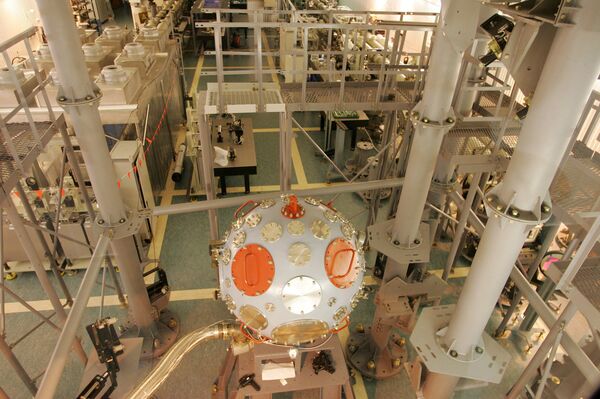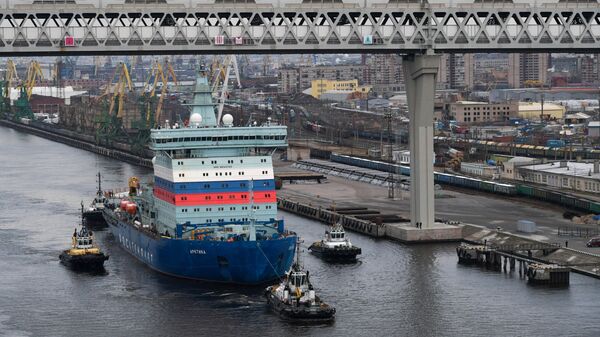According to the creators, the programme takes into account potential risks and can offer optimal solutions in terms of safety and economy.
The results of the project, supported by the Rosatom State Atomiс Energy Corporation, were reported by the National Research Nuclear University MEPhI's press service.
A substantial number of nuclear facilities around the world are now approaching the end of their life cycle, which can last up to 40-50 years, noted MEPhI experts. There are many risks and huge costs associated with the mass decommissioning of obsolete facilities.
The total cost of decommissioning Russian nuclear facilities alone is in the tens of billions of dollars, MEPHI specialists noted. According to them, the cost of decommissioning specific facilities may vary significantly depending on the procedure and technology used.

"Decommissioning involves some uncertainties. For example, it is not always possible to assess how radioactive a particular structure is before dismantling. Our system, unlike its analogues, makes it possible to evaluate such risks at any stage of work, prompting solutions that are optimal both in terms of finance as well as ecology and personnel safety", Professor Alexander Kryanev of the NRNU MEPhI Applied Mathematics Department explained.
According to the creators, the programme relies on mathematical methods of statistics, probability theory, fuzzy set theory, and multi-criteria optimisation methods.
The development by NRNU MEPhI applies not only to all types of reactors but also to other types of nuclear facilities, including temporary disposal facilities and spent nuclear fuel storage facilities.
The work was carried out jointly with specialists from the Scientific and Engineering Centre for Nuclear and Radiation Safety (SEC NRS).

